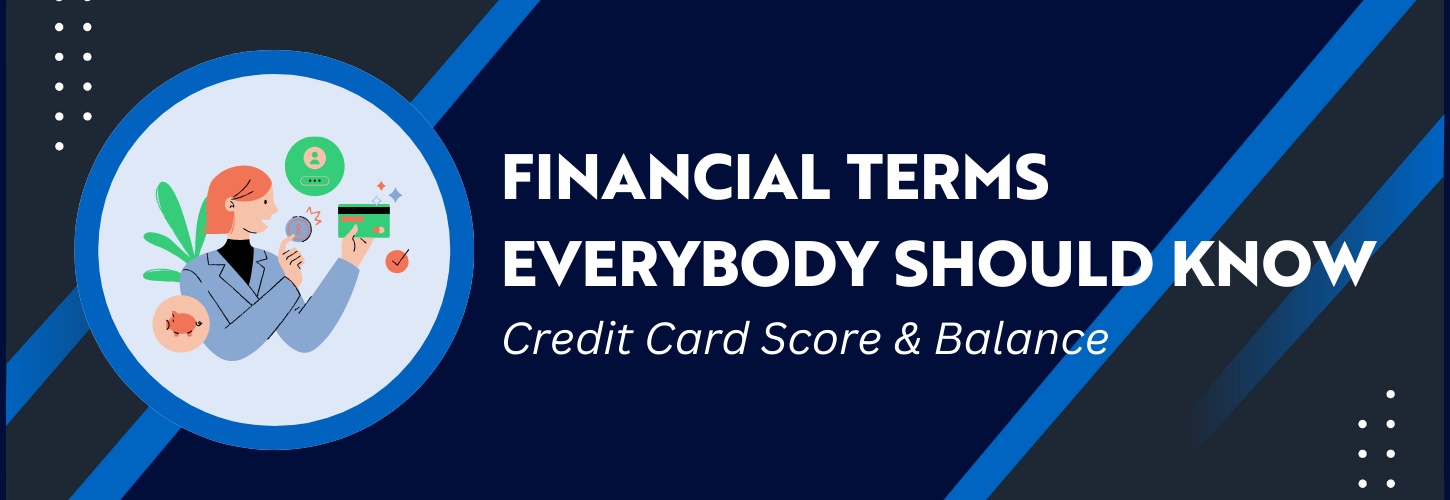
Your credit card balance is the amount you owe on your credit card after purchases, payments, and interest charges are applied. Credit cards are considered revolving credit accounts with a fixed credit limit, that allow additional purchases and payment amounts are based on the ending balance. Banks set the terms of the cards but are regulated by federal and state laws. You can read about the Credit Card Accountability Responsibility and Disclosure Act of 2009, also known as the CARD Act, at Credit Card Accountability Responsibility and Disclosure Act of 2009 (ftc.gov). This law dictates how banks disclose data and apply interest and payments.

Your credit score is a numeric representation of your creditworthiness based on your credit history derived by a combination of factors including payment history, credit utilization (% of your credit limit being used), length of credit history, the mix of types of credit (car, credit cards, mortgages, consumer loans, etc.), etc. There are two major rating tools that are popular; FICO and VantageScore. FICO is the market leader, but there is no “one” FICO score, but rather at least 19 other FICO® scores used by lenders depending on the type of credit being measured. Your FICO score could change from day to day based on the version, purpose, and how recently your credit data was received. You can see all of the FICO score models at https://ficoscore.com/education/#ScoreVersions. The VantageScore model was developed by the three nationally recognized credit reporting companies Equifax, Experian, and TransUnion because there was a need for a highly consistent, more predictive scoring model that is easy to understand and apply. You can learn more about this score at https://your.vantagescore.com/why-we-exist
We Are Here To Help You To Serve, Save, Enjoy, and Find Out More About Finances.














Add comment